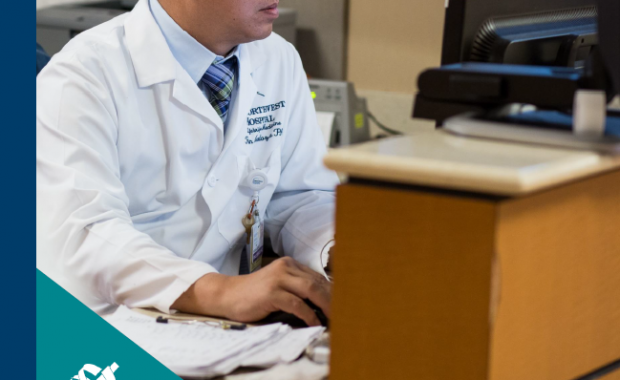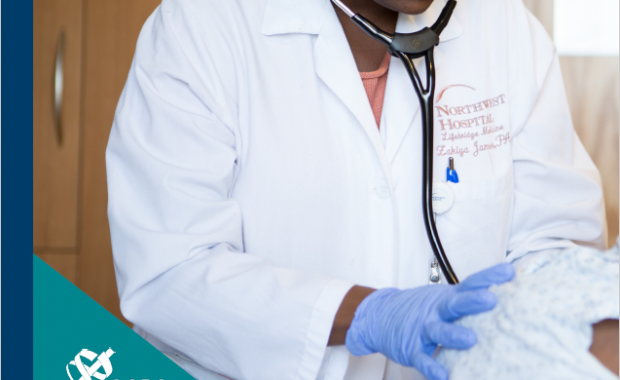Publications & Data Briefs

A Glimpse into the Aging PA Workforce
More than one in every seven PAs in the United States are age 55 or older and approaching retirement, with a majority of PAs predicting they will retire by age 65. As more PAs approach retirement, it is important to understand the similarities and differences between older PAs approaching retirement (55 or older) and younger PAs (under 55). Knowledge of potential skills gaps as well as where healthcare worker shortages may arise will allow health services researchers better understand the future of the profession.
November 18, 2020

PAs and Buprenorphine Waivers
Substance use disorder and opioid use disorder (SUD and OUD) are widespread. Substance and opioid use disorders do not discriminate. PAs in every setting and specialty are likely to encounter a patient who may potentially be struggling with SUD or OUD. Medication-assisted treatments (MAT) approved to potentially combat OUD and SUD. Include the usage of medication in conjunction with counseling and/or behavioral therapies to treat substance use disorder.
November 18, 2020

PAs Use of Telemedicine in June 2020
Results from the June 2020 PA Practice Survey illustrate the integration of telehealth into the practice of PAs, as of June 2020.
November 6, 2020

Insights into the PA Experience During COVID-19
Results from the August 2020 PA Practice Survey represent all individuals eligible to practice as PAs. These data illustrate the status of the PA profession six months into the COVID-19 pandemic. During this time period, there has been a rapid expansion of telehealth and concerns with PAs’ and patients’ well-being.
November 6, 2020

AAPA’s New National Survey of PAs During COVID-19 Crisis
Results from this PA Pulse Survey focused on clinically practicing PAs on the frontlines of COVID-19. It shows the considerable contributions of PAs and the scale at which they have had to adapt to meet the needs of patients during the COVID-19 crisis. It is the first effort to quantify the experiences of these frontline medical providers.
May 18, 2020